

Works for music theatre
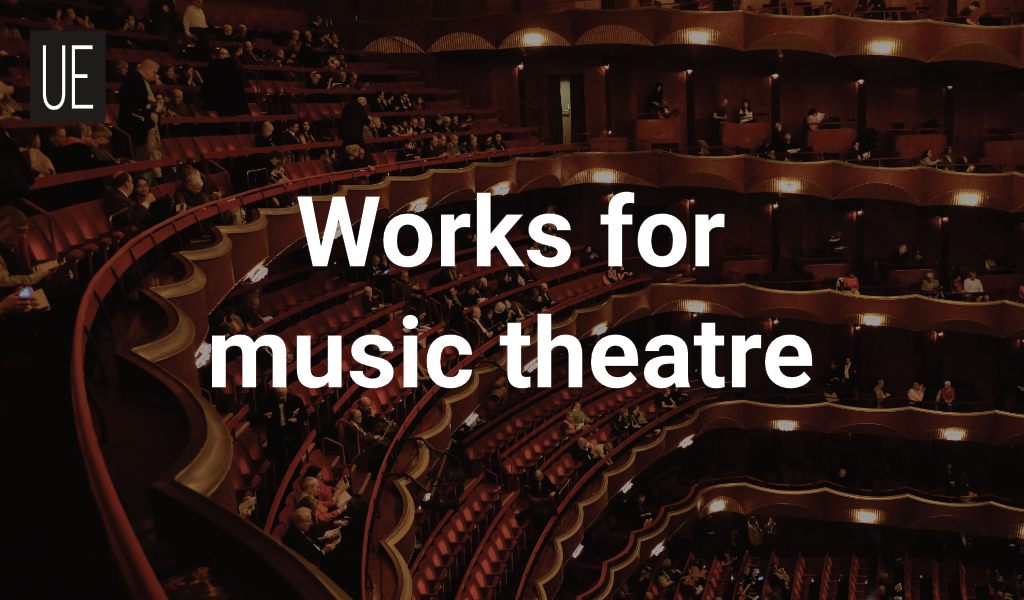
Moreover, in the contemporary repertoire, we showcase exciting works by composers such as Frédéric Chaslin, Michael Shapiro, and Katarzyna Brochocka. UE provides a rich array of works that capture the versatility and power of music theatre.
Dive into our latest additions to the music theatre catalogue!
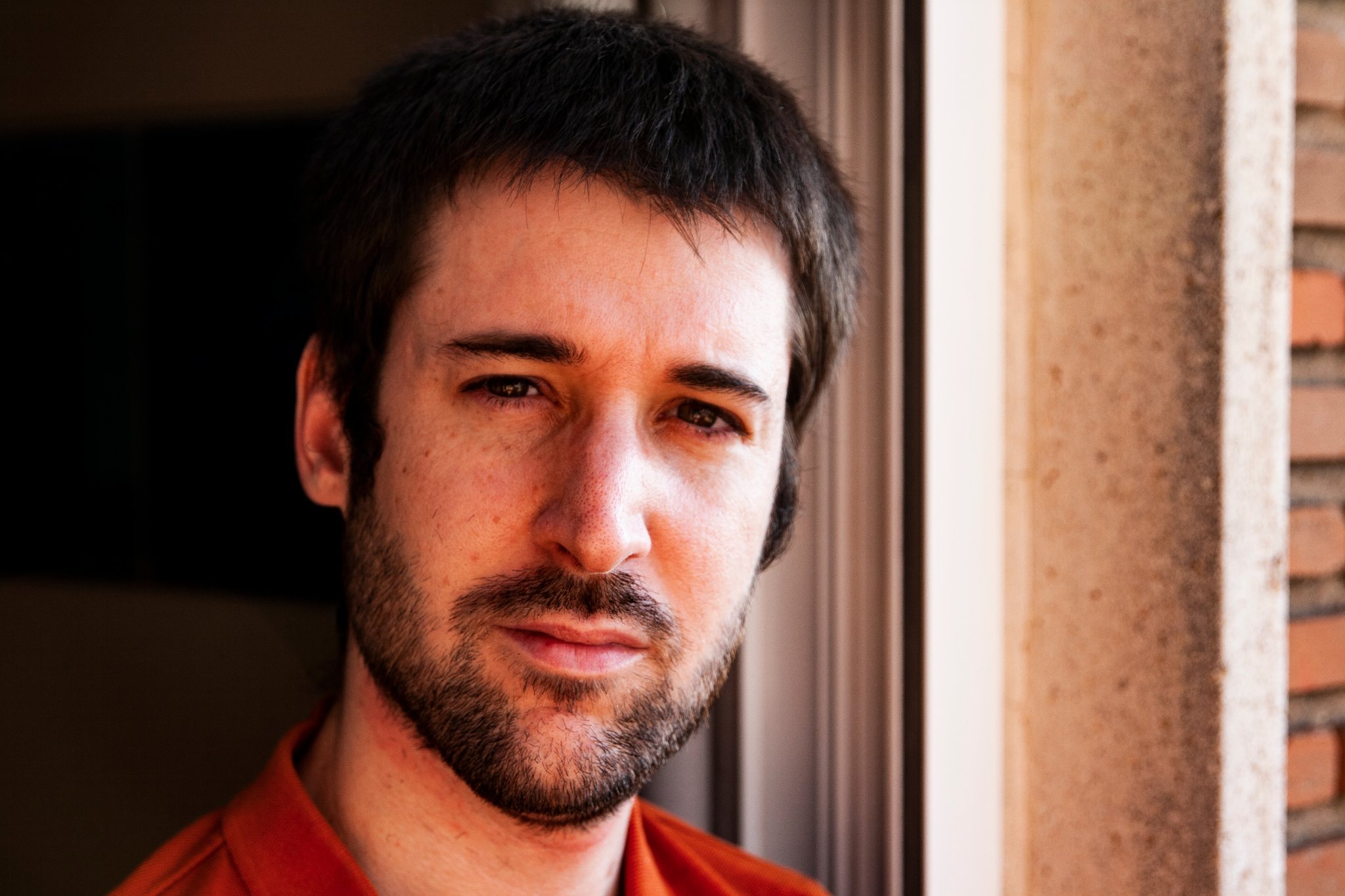
Joan Gómez Alemany: Glücklich, die wissen, dass hinter allen Sprachen das Unsägliche steht
Orchestration: for soprano, alto, tenor, bass and Chamber Orchestra
Duration: 20'
Glücklich, die wiessen, dass hinter allen Sprachen das Unsägliche steht was premiered in the Oper Graz the 24.05.2022 by conductor Leonhard Grams.
EXPLANATION OF THE PIECE: This chamber opera consists of an interdisciplinary project where music such as video, acting, text, set design, lights, etc., have strong connections with each other and not the usual hierarchies or conventional rules. From the presence of an old person projected in the video (which represent the character of La Celestina), she appears and disappear to extrapolate its meaning and expression to instrumentalists and singers (who recite fragments of the novel in Spanish from the 15th century where this character appears). The presence of this old woman (who has a great tradition in the so-called Black Spain, which immortalized Goya in several of his paintings), is mixed to another text in German with no direct connection Cherubinischer Wandersmann by Angelus Silesius. This text of s. XVII composed of brief aphorisms in verse, of great beauty and mysterious content about how the lector can contemplate God (which has inspired and influenced philosophers so different as Schopenhauer, Heidegger or Wittgenstein) dialogues with the character of Celestina. By containing two types of texts in two different languages, the first in prose and the second in verse, both are used to highlight and musicalize their own rhythm, phonemes and colors, combining them as if they were part of the instrumental sounds and not just sentences with a conceptual meaning. The texts are not transmiting almost any action, but they improve and give more ideas to the project, remarking its beauty and content in itself. The music is of great expressiveness and flexibility to link all the components and unify them in a whole. All this creates a project where the concept that arises is a reflection on art and language.
This opera (or Music Theater of ideas, sounds and video/image) reflects about the concept of languages (as indicated by its title). The 3 great creations of the human being: art, religion and philosophy-science (which are the tools with which the human being understands and lives in the world), are in "some way" the theme of opera. Art, could be personified in La Celestina novel (the video), and also the same music and its tradition. Religion-Myth, in references to God as the ultimate transcendental concept, the main protagonists of Christianity, Orfeo and the greek Gods. The philosophy-science in the references to the "Dasein" that Rilke-Heidegger speaks, in the reflective thinking of the poets-philosophers Hölderlin and Novalis, and also the image of the machine-technology (sewing (wheel) machine).
FRAGMENTS OF TEXT USED: 1 The novel of La Celestina by Fernando de Rojas (end of the 15th Century) 2 Cherubinischer Wandersmann by Angelus Silesius (17th Century) 3 Different poems by Hölderlin and Novalis (19th Century) 4 Die Sonette an Orpheus by Rilke (20th Century).
OBJECTIVES: This opera wants to produce in the listener-viewer, beyond a beautiful aesthetic experience, a mood in which you can ask yourself (without the need for an definitive answer) about questions that concern to all the human beings. The listener-viewer is free to create his own version of the opera. It is through ambiguity and by never fixing the ultimate meaning of its significance, that it opens the ability to interpret the opera according to their experience. Respecting his point of view and freedom.
"SYNOPSIS": The "story" takes place from an uncertain beginning (first part) where space, atmosphere and the characters themselves are created from darkness. From there (second part) the Celestina begins her normal life (eat, sew, pray, etc.) and the 4 characters also follow this path. But a mysterious presence alters the order and harmony. A new space (a temple) appears in the video and the sewing machine (symbol of madness) begins to dominate the scene (third part). There is a break-disconnection between the 4 singers and the Celestina, the singers try to search why the sewing machine it's so powerful now. A moment of tension that reaches its climax (fourth part) when the characters dissolve and the madness (or that mysterious presence) fully attacks. The resolution or death of everything (fifth part), concludes cyclically the opera.
CHARACTERS: One of the main subjects of the opera it's the Celestina's relationship with 4 characters (the singers "without name"). La Celestina is a very old person who only appears in the video. She is virtual, a fiction and a symbol of another time and world. The 4 singers are the contrary, real and belonging to our contemporaneity. At the same time there is a narrator that is only punctually heard through the speakers, a symbol of the author of the work or presence of "heaven". These 4 characters each have a special relationship with Celestina. The bass "could be like a teacher" (symbolically representing philosophy and science), the tenor a "priest" (symbolizes religion), the contralto a "writer" (symbol of art) and the soprano "the daughter of the contralto". These last 2 characters are in some way two in one, two contrasting personalities and at the same time are a double of the Celestina figure.
Joan Gómez Alemany
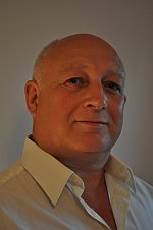
Paul Coles: The Amazing Animal Band
Orchestration: for speaker and Orchestra
Duration: 17'
A commical story set to music with narration for children and adults. Premiered in 2006 by the Dorset Chamber Orchestra and narrated by the film and television actor Martin Clunes for their music for Youth Concert , the story is based loosly upon the original Grimm Brothers story 'The Bremen Town Band'. The characters, Donkey, Dog, Cat and Cockerel set off on a journey to play music in Bremen. They encounter villains and brigands en route. All characters are represented by various orchetsral instruments. The narration accompanies the music.
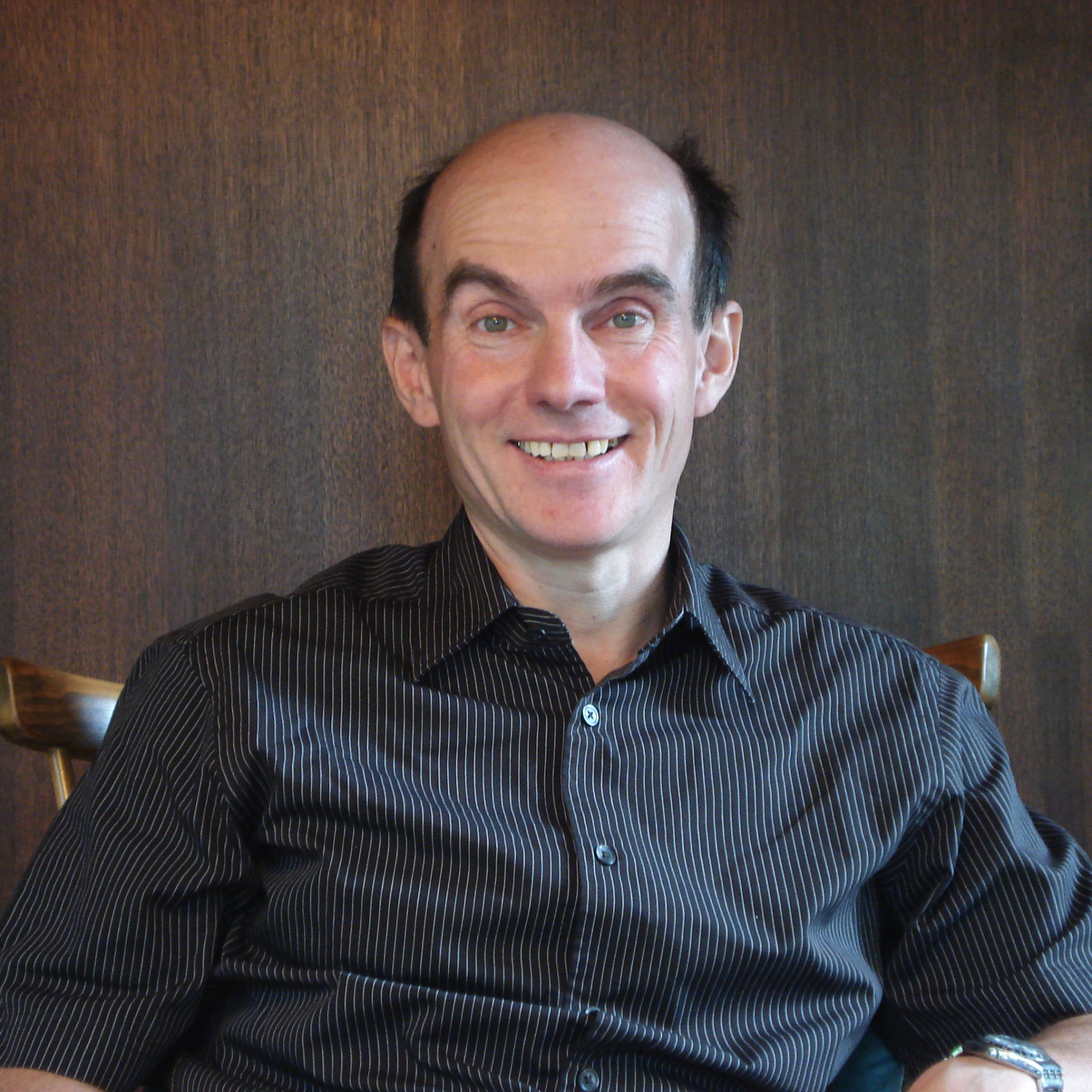
Alexander Blechinger: Atomic Flash Overture / Atomblitz-Ouvertüre
Orchestration: for 2× flute, 2× oboe, 2× clarinet in Bb, 2× bassoon, 2× horn in F, 2× trumpet in C, 2× trombone, tuba, piano, 2× percussion, harp and Orchestra
Duration: 11'
The "Atomblitz Overture", op. 252/1, is the first movement of the "Simä Suite", which uses themes from Alexander Blechinger's opera "Simä - Ein Fest in die Zukunft / A celebration into the future - Der Anfang nach. dem Ende / The beginning after the end" based on the libretto by Elisabeth Schrattenholzer, but which are placed in a new context here. The "Atomblitz Overture" can be used as a prelude to the opera. In the opera, two people in love from two different social classes meet and are prevented from falling in love by society. In addition to the external event of an atomic flash in the opera, which has a cruel effect on its surroundings but is reinterpreted here as an inner sign of change, the following themes, among others, form a new whole: The melancholy of lost love, the disciplining of feelings, the inescapability of the material world, the great love that resonates beyond it, found togetherness and fulfillment. Instrumentation: so-called 2-part instrumentation or Beethoven/Verdi orchestration. Duration: approx. 11 minutes.

Katarzyna Brochocka: The Young Wife / Młoda mężatka
Orchestration: for soprano
Duration: 60'
The Young Wife is an intimate and expressive story told by a freshly married woman trapped in a loveless marriage, who finally finds her happiness. The marriage had been arranged by her parents, who sent her off with a sizeable dowry. She didn't have a chance to get to know her husband at all before the wedding and now she slowly discovers all his drawbacks, including his barely-hidden dislike of her. The opera consists of the Overture and seventeen arias (diary entries) intertwined with sixteen piano interludes marking the passing of time. The soprano plays the role of the title heroine, as well as some other characters: Julian (her husband); Iza (or Lisa in the English version) - Julian's lover; Adam (Young Wife's true love). Opera is joyful and full of contrasts. The composition was first recognized in London (Opera up Close - competition) and awarded in Washington (2013 Capital Fringe Festival Award for the best opera & music theater). Its English version was performed in Washington, Baltimore, London, and Warsaw. The CD recording of the Polish version was published in 2020 by CD Accord Edition.
The libretto was adapted from the semi-autobiographical novel by Gabriela Zapolska (1857-1921) a Polish novelist, playwright, theater critic, and stage actress. Zapolska has received the most recognition for her sociosatirical comedies. Her stage plays have been translated into many foreign languages and performed at Polish and European theaters, as well as adapted for radio and film. The Memoirs of a Young Wife was the last published work by Zapolska.
Interludes from Katarzyna Brochocka's opera The Young Wife can be performed as a separate piano cycle.
Reviews:
Brochocka drew the libretto from Gabriela Zapolska's 1901 novella The Memoirs of a Young Wife, shaping it into a series of diary entries, sometimes gently amusing but often heartbreakingly sad, as the heroine recounts her infatuation with another man. The piano writing is dense, febrile, and often panic-stricken – a musical representation of the 20-year-old's increasing realization that she is in a loveless marriage.
Stephen Pritchard, Dido and Aeneas/Young Wife, "The Observer", 2014
Young Wife is impressive. It’s a continuous monologue from a woman disappointed with married life. A Madame Bovary-esque sense of disenchantment bristles through her arias – at times sharp and aggressive, at others soothing and contemplative. The opera feels more like a duet between voice and piano, with atmospheric interludes from the latter to show time passing. It feels relentless at times, and the hour drags, but it’s a good illustration of women’s incessant internal chatter. And what a pleasure to hear an opera that was specifically composed for this intimate environment.
Francesca Wickers, Review: Young Wife / Dido and Aeneas, OperaUpClose, FringeOpera.com
The vocal lines won’t win over haters of modern opera — lots of tonally ambiguous bits with shocking high leaps for effect. But screw me if they don’t occasionally rise above the workaday and work some emotional magic. Charlie Eccleshare, Dido and Aeneas/Young Wife/OperaUpClose, King’s Head – opera review, Evening Standard
Brochocka hopes the piece has relevance to a modern audience. Musically, at least, the composer has combined classical forms and dances with discordant modernism. Structured as an ongoing monologue, the music is more akin to a lengthy recitative than a traditional aria, the music changing with each new diary entry and change of mood from distracted pointillism to dreamlike reverie and excited melisma. As such, with few obvious melodic themes, the music flows like a stream of consciousness, albeit with lengthy transitions between each diary entry that represent the passing of time with relentless chromaticism.
Ed Nightingale: Young Wife / Dido & Aeneas - OperaUpClose @ The Kings Head Theatre, The Gizzle Review
The music (in a spiky style somewhere between Scriabin and Stravinsky) switches from comedy to tragedy in a gulp, the vocal writing is assured and there are some atmospheric interludes.
Warwick Thompson, Young Wife/Dido & Aeneas at King’s Head Theatre, Metro
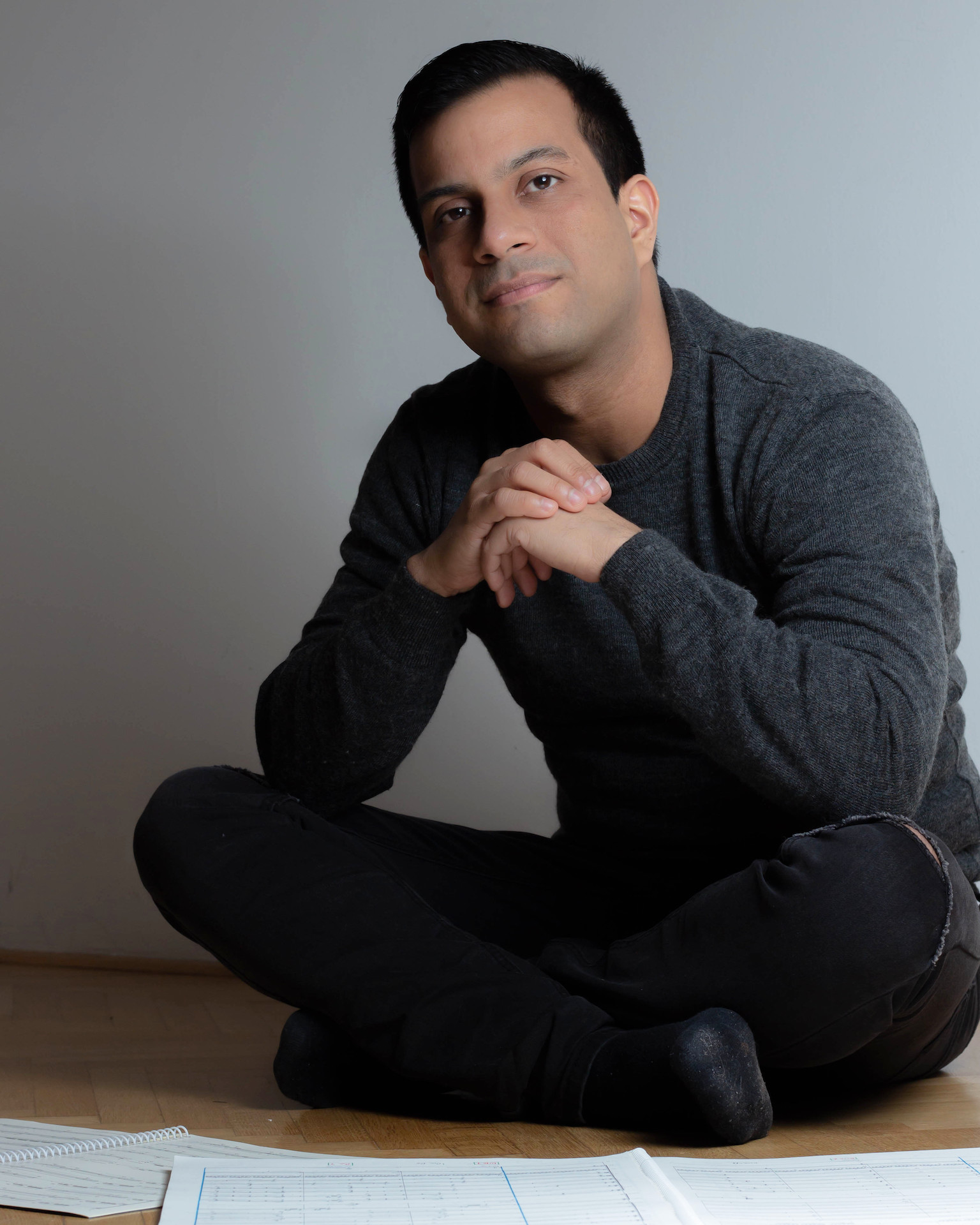
Angel Hernandez Lovera: Alice
Orchestration: for voice, 2× soprano, mezzo-soprano, 2× tenor, baritone, countertenor, violin, violoncello, flute, alto saxophone in Eb, piano and percussion
Duration: 120'
Originality:
"Alice" is a chamber opera that stands out for its originality in presenting a contemporary adaptation of the book Alice in Wonderland, focusing on an 18-year-old who grapples with the transition to adulthood and seeks her identity in a delirious night through the streets of Caracas. This reinvention of the classic character takes the opera into new territory, where universal and timeless themes are combined with the experiences of contemporary youth, making it unique and relevant to modern audiences.
Contributions to Society:
"Alice" contributes to society by addressing crucial themes such as identity exploration and the process of youth growth. By staging Alice's internal struggle, the opera invites the audience to reflect on their own experiences and challenges in facing adulthood. The work also highlights the importance of the decisions we make at that stage, as well as the external influences surrounding us, such as love, excess, and temptation. These contributions aim to generate empathy and understanding across different generations and cultures.
Innovation:
"Alice" stands out for its innovative approach to set design and audience interaction. By using lighting and contrast, the opera constructs the nighttime atmosphere of the city of Caracas and its sensations within the performance venue, creating an immersive experience for spectators. Furthermore, through a dispersion device within the audience, each viewer gains a unique perspective and becomes a constitutive element of the work's environment. This active interaction of the audience with the plot and characters aims to break traditional barriers between the stage and the audience, allowing for a deeper connection with the story.
In summary, "Alice" is a chamber opera that offers a contemporary adaptation of Lewis Carroll's text with an original libretto by Ángel Hernández Lovera, exploring identity exploration and the transition to adulthood in today's youth. Its originality lies in the combination of timeless themes with contemporary experience, while its contributions to society seek to generate empathy and understanding across different generations. Additionally, its innovative approach to set design and audience participation provides a unique and moving theatrical experience.
Set Design:
The proposed set design for the opera "Alice" is set in a vibrant Night Club, creating an immersive and unique environment for the audience. The stage transforms into a nighttime gathering place, where the audience will feel like club patrons, seated at strategically placed tables to be part of the action.
The Night Club will be richly decorated with details evoking a nighttime and perhaps slightly unsophisticated atmosphere. Lights, curtains, and a large illuminated sign with the club's name in the background will contribute to recreating the typical aesthetics of these spaces. A well-lit bar will occupy a central space on the stage, giving it an authentic and lively touch.
From the beginning of the opera, the singers will already be present, part of the set design itself. They will be dressed according to their role, interacting with the "patrons" during the performance, and singing from different areas of the stage. This will contribute to a deeper immersion of the audience in the story, making them feel like part of the environment and the situations unfolding.
The musicians will also be an integral part of the set design, occupying a strategic place on the stage, like the Night Club's house band. Instead of being hidden in the orchestra pit, the musicians will be visible to the audience but will harmoniously integrate with the venue's aesthetics.
This set design proposal aims to break with conventional operatic tradition, offering a closer and more participatory experience for the audience. By turning the stage into an authentic Night Club and allowing singers and musicians to be part of the action, a deeper connection between artists and the audience will be achieved, creating an unforgettable theatrical and musical experience.
The Night Club as a set design offers a perfect environment to explore Alice's identity exploration in a contemporary and emotionally charged setting. Through this proposal, the opera "Alice" reinvents itself and presents as an exciting and relevant experience for today's audiences.
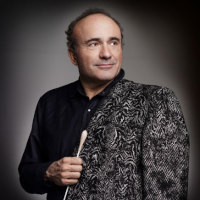
Frédéric Chaslin: MONTE CRISTO
Orchestration: for voice
Duration: 160'
Composed in a crossover style, this is an opera that musical comedy singers can perform, or a musical comedy that opera singers can perform. Written by "numbers", it follows the exact story of the famous novel. There are two parts: The Plot and The Revanche. Set for orchestras of various sizes, it can fit a large house or a smaller theater. I decided to use a very accessible language, with litemotives and themes for each character, lots of melodies that print deep into the memory of the listener and make the piece extremely attractive. In short, I followed Dumas very own way as an author. I wrote the libretto myself because there was no way to go over the incredibly hard challenge of the second part, with its five intricated revanches. And over the years I realized that words and music come easier together into one creator's mind...

Frédéric Chaslin: Le Bel Indifférent
Orchestration: for female voice
Duration: 57'
Written for a mezzo with jazz and improvisation capability, this short opera is based on the entire and unchanged original text by Jean Cocteau. It is written in a very natural, sometime rude and crude street language, like Edith Piaf used to speak. To make the piece more lyrical, I embedded 7 poems by Cocteau that match exactly the situation, and I set them to melodies that spread litemotives all along the opera. The woman, a singer ou tour, is waiting for her lover to come back home. When he eventually does, he goes to bed with a newspaper and remains silent. This indifference makes her mad and she speaks and scream her frustration. He finally leaves for good, without a word, she ends up singing one of the poems, showing that she probably lost her mind -or found a consolation in herself, that's the performer's choice!
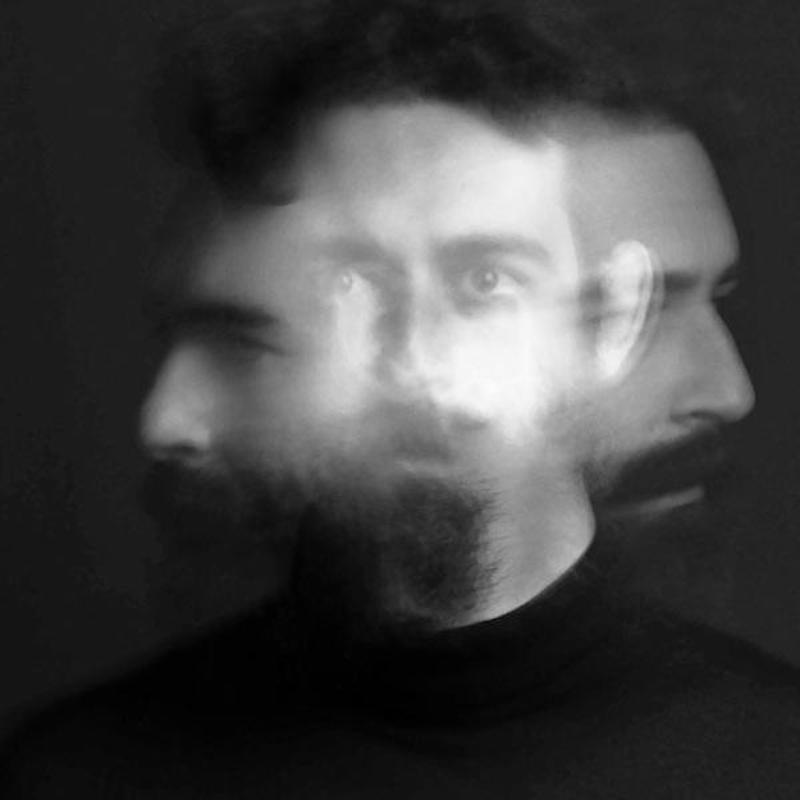
Simone Spagnolo: Even you, lights, cannot hear me
Orchestration: for mezzo-soprano, bass and piano
Duration: 25'
Exploring a futuristic and elegiac vision of the end of time, Even you, lights, cannot hear me is an operatic spectacle based on a monologue from Anton Chekhov’s The Seagull. Two singers, depicted as two beings embodied into one entity, wander a surreal, yet exquisite cosmos, in which nothingness and wholeness coexist, timelessly.
This work originally arises from the wish to give a whole new life to Chekhov’s powerful writing, whilst challenging the contemporary notion of opera and music-theatr. Somehow, Even you, lights, cannot hear me can be described as a performance-art piece, a chamber opera, an experimental piece of music theatre, or - as the subtitle indicates - a musico-theatrical metonymy. It is a work that sits across interdisciplinary boundaries.
Set in an imaginary outer space, the two singers-pianists sit on a rotating stool, back to back, like a two-headed creature that sings, acts and plays. The music solely articulate notes from the harmonic series, which gradually travel through all twelve keys. Eventually, whilst the twelves overtones series ultimately superimpose each other, the two-headed entity separates and dissolves, offering the listener/viewer a glimpse of life after the world’s end.
Even you, lights, cannot hear me's English text is translated by Dimitry Devdariani.
Critical Reviews
“Spagnolo’s music both stimulates and satisfies the ear, at once modern, eerie and undeniably beautiful” (5-Star Review on Operissima, August 2017)
“The subject matter is a hard ask: just as in Milton’s vision of Heaven, it is tough to bring the ineffable to memorable dramatic and musical life. But if a combination of wholeness and nothingness can be depicted at all there is no reason to suppose that it would not sound like this etiolated and astringent sound-world where time is suspended too. This is a piece that definitely requires more than one hearing to reveal its various layers. One hopes that it will be taken up by other companies.” (5-Star Review on Live Theatre UK, August 2017)
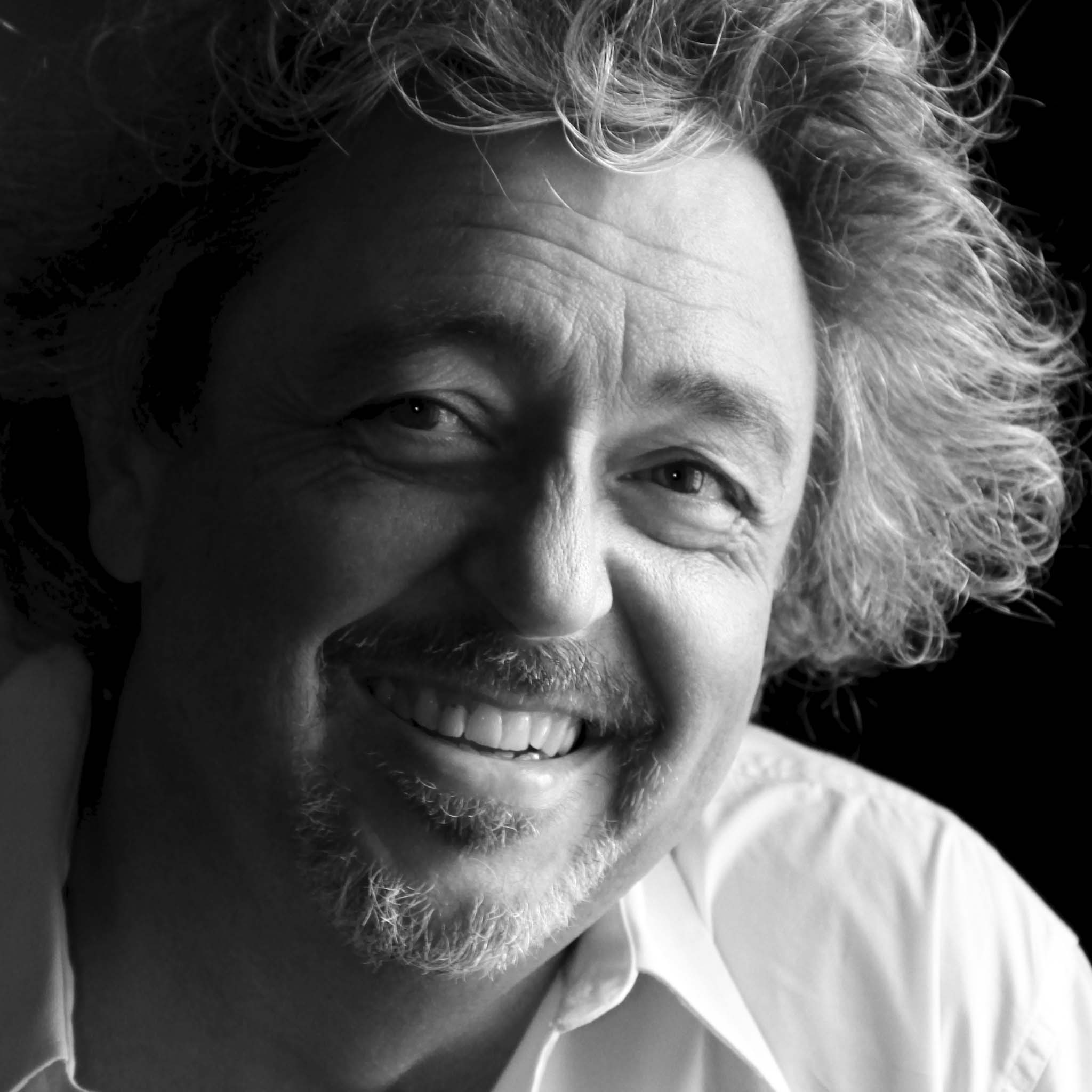
Bruno Coli: The Tell Tale Heart
Duration: 60'
The originality of the work consists in having set the prose text of the American author word for word without adaptations or cuts. The instrumentation exists in two versions, orchestral and for ensemble of 8 instruments.Both versions were performed in Italy and abroad.
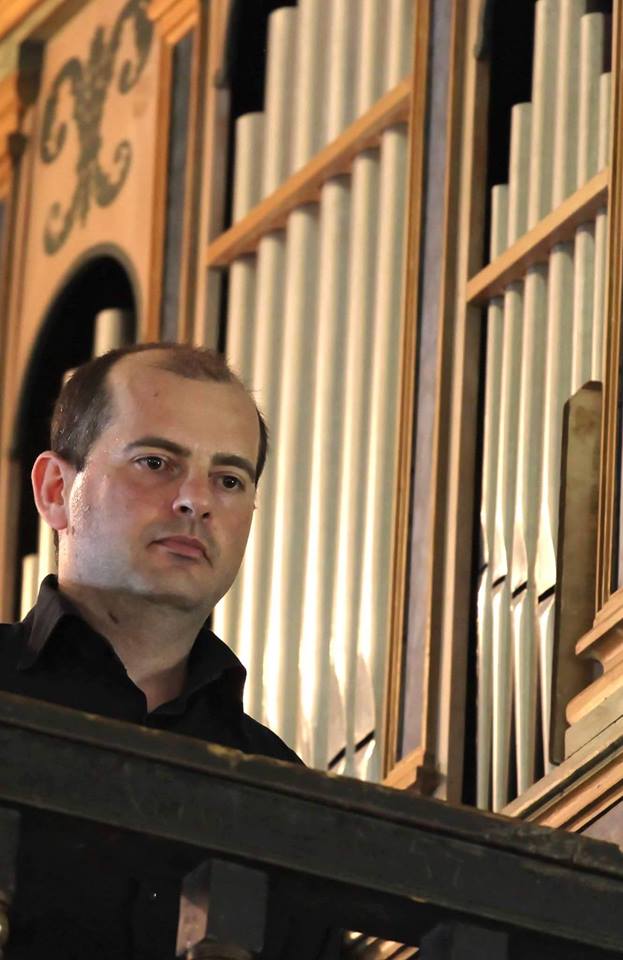
Fabrizio Marchionni: MARTINO IL GIOVANE
Orchestration: for soprano, alto, 2× tenor, baritone, 2× bass, mixed choir and Orchestra
Duration: 120'
Sardinia, summer of 1409.
The conquest of Giudicale Sardinia, by the Catalan-Aragonese, following the battle of Sanluri and the subsequent death of the heir to the throne, Martin the Younger, are the backdrop to a whirlwind of passions between two young people: Martino, heir to the throne of the Crown of Aragon and Bella, a charming girl from the fortified village of Sanluri, who will try to avenge the massacre of her loved ones and her people with the weapons of beauty and seduction.
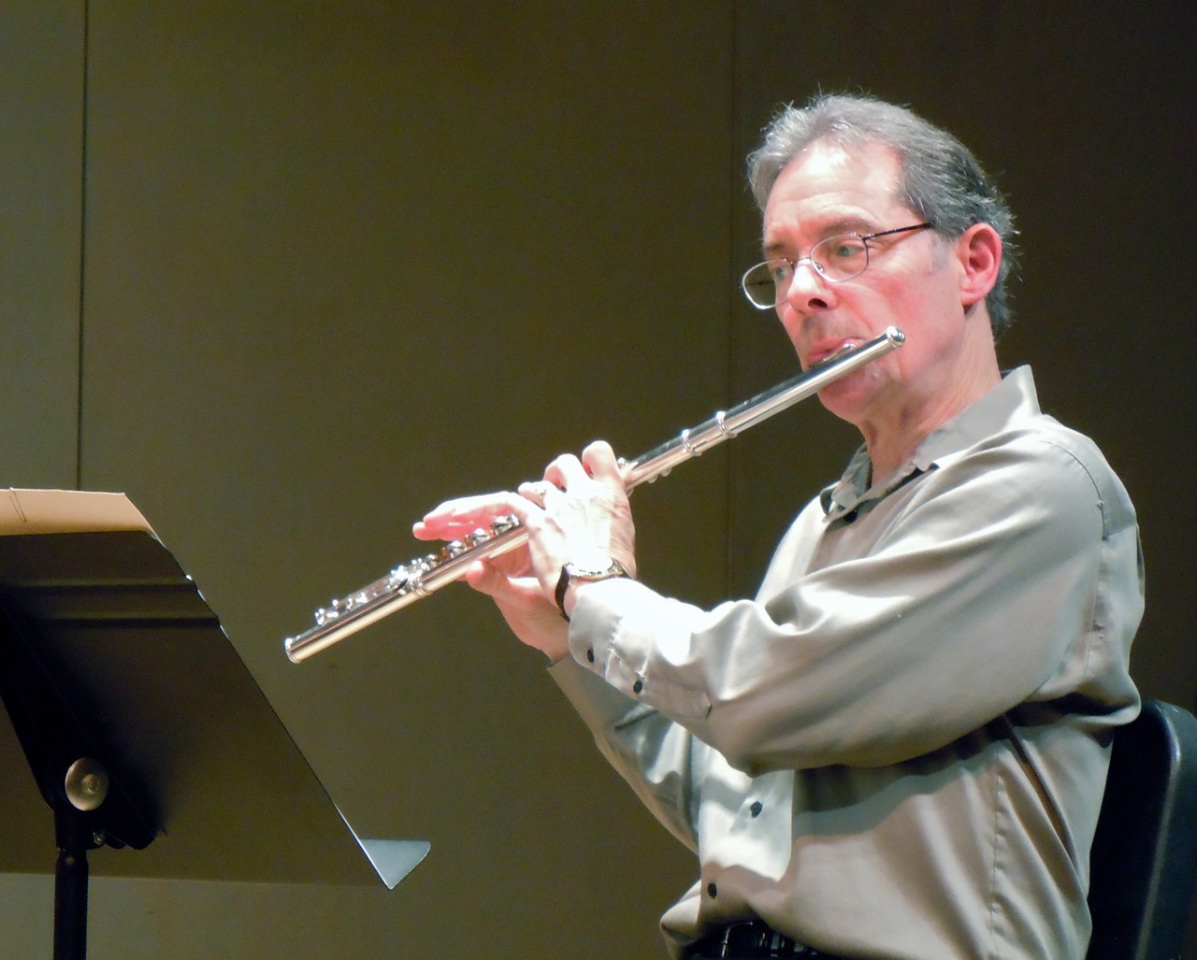
Daniel Kessner: The Camp, Opera in Two Acts
Orchestration: for 2× soprano, mezzo-soprano, alto, 6× tenor, 2× baritone, 2× bass and Ensemble (10+ players) oder Chamber Orchestra
Duration: 106'
This opera follows the lives of a Japanese-American family and their friends through imprisonment in a US internment camp during World War II. The cast requires a minimum of 11 singers (14 maximum); the instrumental ensemble consists of shakuhachi, koto, flute/alto flute, clarinet/bass clarinet, 1 percussion, and strings (string quintet/string ensemble).
The libretto was written by New York playwright Lionelle Hamanaka, whose parents were among those imprisoned.
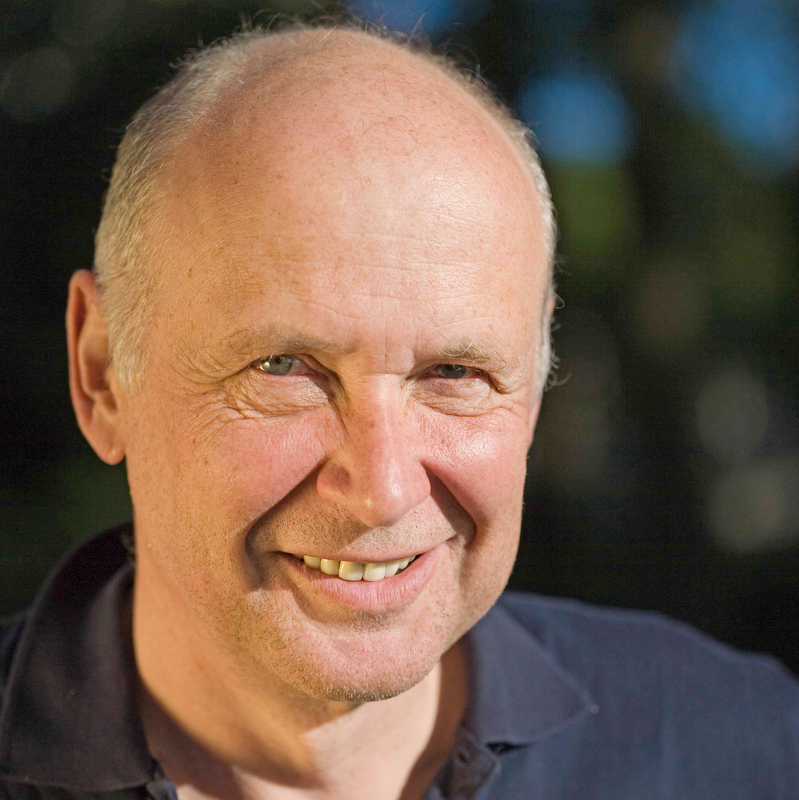
Christof Herzog: PAULA
Orchestration: for 2× soprano, mezzo-soprano, alto, 2× tenor, 2× baritone, bass, sprechgesang, child's voice and female voice
Duration: 115'
The opera is made up of 16 scenes in small German towns that combine to create a plot. There are not the classic conflicts here, not the sublimity of the so-called great feelings, but lots of people and everyday occurrences. Christa Weber's text consists primarily of colloquial idioms, idioms and everyday conversation models. The language is slightly dialect-colored (southern German) without depicting a dialect. It is basically a colored high German. This means that it is a prepared everyday language that has been transformed from a natural into an artistic material in this way. The social level of the chosen everyday milieu can be made clearer as well as the typology of the characters can be supported. The selection of the scenes outlines the living space of the chosen characters with street, pub, apartment, shop, but also cemetery. They are structured by the history of a family.
Paula (the title character) is married to Marcel and has one child with him, Liesl. Marcel is a drinker and thief and unable to look after his wife and child and himself. He is certainly not innocent of his unemployment. So the burden of sole responsibility for the existence of the family rests on Paula, which is why she works in a cleaning company and is a reliable force.
The opera begins with a nightly scene: We see Paula and Liesl asleep in their beds, Marcel comes home very drunk from a binge, stumbles into the bedroom and wakes them both up.
The second scene characterizes the hectic life in the small town: We see a very busy street, lots of people who are all walking in one direction in a hurry, determined and rushed.
Paula works hard and is so diligent that she delivers laundry into the night. Meanwhile, Marcel hushed around in bars. He does everything for schnapps for the fun of his drinking buddies: he has had a bald head cut for it, but he is ready to shave off his “sackcloth”.
Thanks to her reliability and efficiency, Paula is allowed to open a branch and run it alone. Marcel feels superfluous and wants to throw himself in front of a train when he is drunk, but he does not succeed because no train can pass by.
The life of this small family takes place in the opera, so to speak, under the constant commentary observation of their bigoted neighbors. Despite, or perhaps because of, his lousy lifestyle, Marcel is popular with the honest bourgeois women as an exotic species. In his vicinity they are surrounded by the pleasant, nefarious aura of forbidden, unseemly life that they would very much like to nibble on, but of course you don't. Paula is viewed with benevolence for her efficiency, especially since she is very customer-friendly. You feel sorry for her because she was beaten with a good-for-nothing by her husband and therefore has to struggle so hard. But, one thinks, she must be glad to have had a man at all, because she has a clubfoot. The fact that Paula affords herself to go to the hairstyle one day is seen as completely inappropriate ("Can you make it beautiful? With that one is lost hops and malt"). Then her hair is so extravagantly modern that she is frightened of herself, becomes a mockery of people and quickly destroys the expensive hairstyle.
At a street festival we see Paula and the women (with their new hairstyles) sitting apart from their husbands. Marcel and his buddies are already a little drunk. As a way to get rich quickly, Marcel sees the possession of a condom machine (the landlord who hangs it up and the tax office can be easily screwed with it). He wants to persuade his buddies to join the business - "I just need start-up capital"). There is a solid argument and finally a mass brawl.
As a result, the badly damaged Marcel later gathers his drinking buddies around his bed. “True friendship only exists among drinking buddies”, and when Marcel is drunk, he even discovers his love for his family.
Paula suffers an attack of suffocation in her branch and is admitted to the hospital. The doctors tell her that she is no longer allowed to work in the cleaning department because of the chemical fumes. Marcel and Liesl visit her. Marcel promises to find a job and to stop drinking for good.
But soon Marcel is beaten out of an inn, very drunk. He stumbles to the street lamp, tries to clutch it, hits the sidewalk and remains motionless.
The funeral that follows is quite a bigoted undertaking. The marching band comes on stage with a solemn march. A church choir sings. Paula's customers and Marcel's drinking buddy Paula hypocritically express their condolences.
And at the end there is a short scene of real calm. Paula puts Liesl to bed with a rare lullaby.
Eia popeia kill the Gäckerli.
It lays no eggs for me and it eats my bread.
Eia popeia kill the Gäckerli.
The music:
Each scene has its own musical character or a clear compositional reference to another scene. In multiple, often laconic musical repetitions, text stereotypes - especially in the case of polyphony - release typical expressions that refer to the given dramatic situation on social issues, on conventions, on individual peculiarities (or the same in different people), etc. The singing voices are mostly performed in a declamatory manner. There are no great vocal forms, no arias, no great cantilenas. The predominant declamatory style does not take place in the recitative that moves freely along the language, but is bound by motivic work. Interval and position of the singing voices characterize expressive values, as do the passages to be spoken on pitches. Well-known songs and hits such as “Rosamunde”, “Schützenliesel”, “In a Polish town” are quoted in the bar scenes and the street festival. In the cemetery there is accordingly “I had a comrade” (instrumental), the chorale “Out of deep need I scream to you” (sung) and “Good night, good night, your pilgrimage is done”.
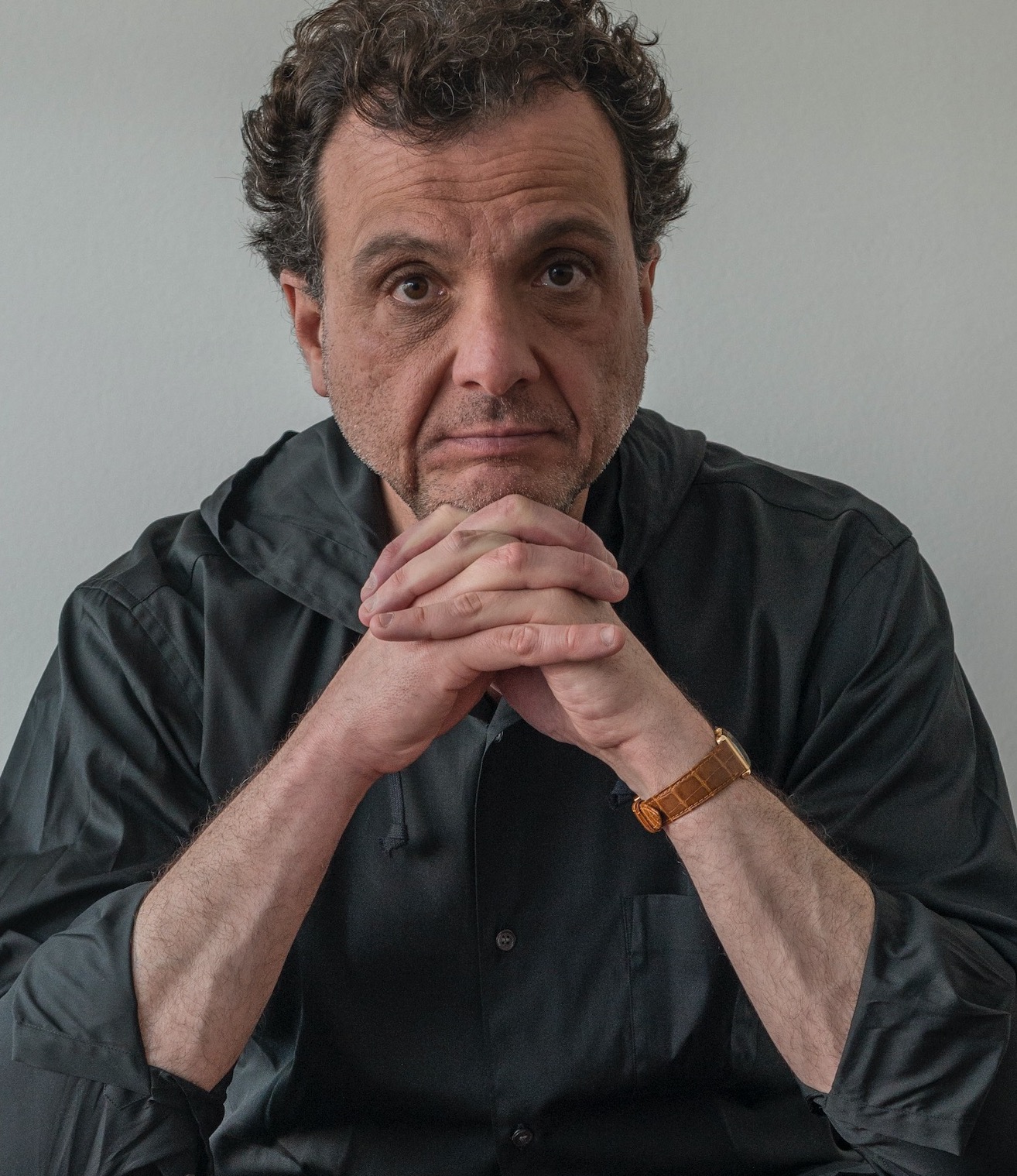
Miguel Kertsman: O Saci
Orchestration: for speaker, violoncello, flute and 2× piano for 4 hands
Duration: 50'
The Children’s Music Theater piece, “O Saci”, has thus far been performed over 30 times in London, Evanston, Chicago, Vienna, and the Bregenz Opera Festival.
Based on the Brazilian mystical and traditional folklore legend “Saci Pererê,” O Saci is a unique family and children’s theater experience proven to mesmerize young children while entertaining audiences of all ages.
With the storyline embedded in the music score for four-hand piano, flute, and cello, this tale is brought to life on stage by a compact yet impactful ensemble of four musicians and four acting dancers.
O Saci can also be performed as pure Chamber Music, Ballet (music and dance), Pantomime, or Music with story-telling narrative with or without dance or movement.
The 45 - 50 minute production introduces the Saci, a mischievous forest creature, in his native land, Brazil. Pulling pranks is his favorite pastime, and when caught in the act he uses one of his magic powers – turning himself into whirlwind – to blow himself away from his pursuers. But he travels too far, across the great ocean, and lands in a new, strange place.
Rescued from drowning by a water sprite, the equally playful Cai, Saci surveys this strange new land and makes a new friend in Cai although at first they do not really like each other due to their many differences.
Getting to appreciate each other’s attributes and differences, they work together using their magic powers to save a farm house in a country village from a great fire. Now fast friends, Cai introduces Saci to snow and winter play.
Though enjoying his new environment, Saci longs to return to his Brazilian forest, and as such sets out to continue his quest to once again find home. Meaning, he disappears, re-appears, plays a prank or two (after all one can’t change a legend) and travels within his whirlwind to his next adventure!
O Saci has already been to London, England, Chicago USA, Vienna’s Museum Quartier and the Bregenz Festival in Austria… and the adventure continues!
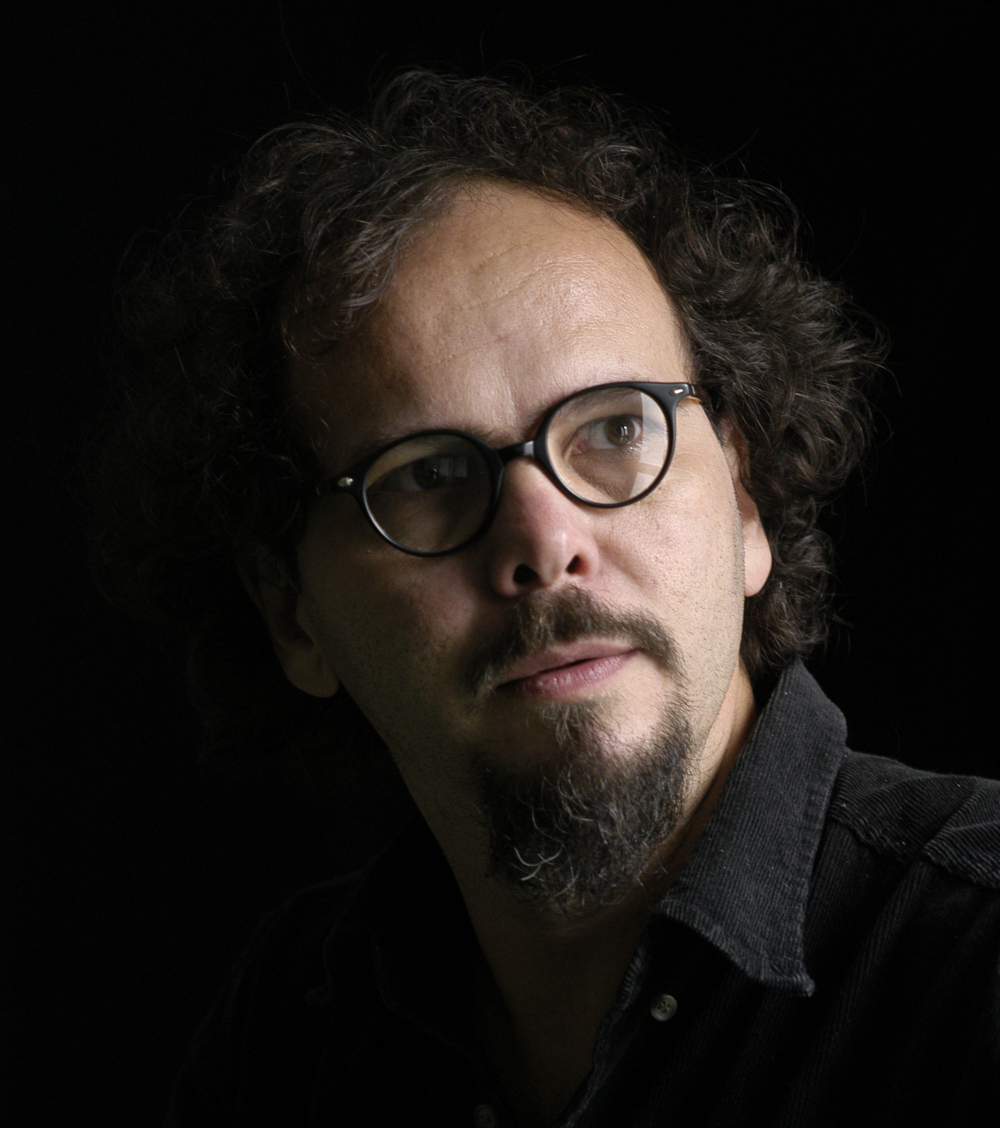
Flo Menezes: Ritos de Perpassagem
Orchestration: for 3× voice, mixed choir and Orchestra
Duration: 150'
Ritos de Perpassagem
[English: Rites of Throughpassage;
German: Durchgangsriten;
French: Rites d’Outrepassage;
Italian: Riti di Perpassaggi]
NeutrinOpera in 2 Trans-Acts
(June 2018/February 2019; revised in September 2019)
for Narrator, 7 Solo Voices, 16-voice Choir, 8 Percussionists, Orchestra (31 musicians) and Electronics (on 16 channels)
“Je traverse légèrement la nuit réactionnaire.” (Roland Barthes, Le plaisir du texte, Paris: Éditions du Seuil, 1973, page 45)
About Ritos de Perpassagem [Rites of Throughpassage]
The rites of passage, rituals of margin through which humans ceremonialize fundamental stages and situations of their lives, are the background object of this Opera about Pythagoras and Pythagoreanism. The beginning of Pythagoreanism and what is considered its end (Johannes Kepler) intersect in parallel temporalities and events, interspersed by characters who embody in their voices their own speech, but also the speech of others (Pascal in the voice of Pythagoras; Wolfgang Pauli in that of Kepler, etc.).
In an echo of the transmigration of souls, Pythagorean theory, the characters themselves transmigrate to different bodies and assume disparate voices, sometimes even of another sex, and sometimes even in simultaneity. And in the midst of this transpassage of characters and voices, we also have sound-characters: the Neutrino-sounds and the Universe-sounds, that also never reappear in the same way; the first ones, associated to micro-particles, to the nervous system, stress, neurosis, tinnitus, oppression, drama; the second ones, to the macro-Universe, to the heartbeat and blood circulation, to the appeased cosmic contemplation, to reflective thinking, humanism, pleasure. It even reminds us of John Cage's episode when he enters an anechoic chamber, where all sound should be absent, in order to hear inside himself a very high sound and a very low sound... And not even there was silence.
The Neutrinos, in turn, are as relevant here as the characters and the rites of passage: they are intriguing tiny particles, discovered at the end of the first half of the 20th century by Wolfgang Pauli, which travel almost at the speed of light and in a straight line, going through all bodies, and, because they have no electrical charge, they go through everything without interacting with anything.
Pythagoras created the word Philosophy, invented and advocated Vegetarianism, preached listening to the Harmony of the Spheres and laid the foundations of mathematics and astronomy. He founded in Crotona a secret society (in which – historical achievement – women were already accepted) in which everyone shared everything, including their goods: the first "communist" society known in history. For this reason, he is seen in Rites of Throughpassage metaphorically as a "Neutrino" in the history of humanity, pervading music, science, religion, ethics, philosophy, mysticism, mathematics, astronomy, politics... A "Neutrino", however, without the neutrality that typifies this particle. Due to the vastness of its repercussions, its influence, veiled or explicit, is, in my opinion, greater than that of Christ.
Amidst the multifaceted, spiraling, and interwoven web of references and intertextualities, supported by a mosaic of texts in nine languages (Portuguese, Latin, Italian, Spanish, French, English, German, Greek, and Russian) ranging, among others, from Anaxagoras to Roland Barthes, from Pythagoras, Plato, and Architas to Maiakovski, Fernando Pessoa, and Augusto de Campos, the figure of Karl Marx (on the 200th anniversary of his birth in 2018) emerges, pronouncing on how he sees Man.
In parallel, a screen suspended at the stage mouth makes the Pythagorean veil of the Opera's beginning gradually transmute into the web of Écriture (scripture), and the musical concert itself is celebrated as a great – and perhaps as the most abstract and radical – ritual of trans-passage.
Flo Menezes
* * * * *
Personal statement from 2019 to a journalist about Rites of Throughpassage
I call this work a "NeutrinÓpera", because, just like Pythagoras, it crosses the operatic genre in time and space like a Neutrino. In fact, the Neutrinos, added to the Rites of Passage, constitute the two elements that combine with the main element: Pythagoras and Pythagoreanism.
It is as if Pythagoras was seen by me as a Neutrino (particles that travel almost at the speed of light and pass through billions of bodies with almost no interaction with them), a Neutrino in human history, traveling, however, slowly and interacting with almost everything: Physics, Music, Cosmology, Politics, Ethics, Religion and, of course, Philosophy (because it was Pythagoras who invented the name). I venture to say that Pythagoras influenced humanity more than Christ.
There is no linear narrative, no "story" to be told. I break taboos and revolutionize Opera under several aspects: simultaneity of scenes; (Pythagorean) transmigration of characters to distinct voices and sexes; existence of sound-characters (the Universe-sounds and the Neutrino-sounds); there is neither beginning, nor end, nor "interval" of the Opera: the Opera extrapolates the theater architecture and the concert time; there is a Narrator: the Opera is also Oratorio; there are electronics: there is even acousmatic music (by the way, the "acousmatic" were a Pythagorean school); there is scene of absolute silence; there is game and audience participation; I determine visual elements that remain arbitrary in a conventional Opera, etc.
Finally, I put my finger on the wound of the genre, in my opinion quite problematic, because of its 5 fundamental ingredients – music, text, scenery, costumes and lighting –, only the first two are necessary and permanent; the others are arbitrary and everyone does what they want. Not at mine! There is freedom of creation, obviously, but I think visual elements are necessary, culminating even in the projection of a genius poem: PÓS-TUDO, by Augusto de Campos, which will be recited by none other than... Karl Marx!
It is a mosaic carefully stitched by me in 9 languages (Portuguese, Spanish, Italian, French, English, German, Latin, Russian and Greek) around Pythagoreanism, with authors that go from Pythagoras and Anaxagoras to Roland Bathes, Fernando Pessoa, Augusto de Campos and others. I had already worked in this way around the verbal transmission of histories in labORAtorio and with the passions throughout the history of philosophy in Retrato Falado das Paixões. Here, however, the focus is threefold: Pythagoreanism, Neutrinos, and Rites of Passage. Life episodes of the beginning of Pythagoreanism – Pythagoras – and of its considered "end" – Johannes Kepler – intertwine, like the threads of the spider's web that traps and suspends Arachne in the last scene, in which I interweave Ovid, St. Augustine, and Roland Barthes: a suspension of scripture/writing itself – because we are barely understood in capitalism and even less so in the current neo-fascist era, but also because, if things remain what they are, we artists and philosophers always have our feet a little above the ground.
Every composer who accepts the mold of a genre is doomed to mediocrity. When composing, one must ask about the meanings of things: the historical and the current. There is nothing more odious than "conformation". The mere and simple reproduction of the number is also strange to me: I don't want to do my fifth or sixth Opera; I want to do THE Opera! Nonconformity is the verb that moves me, always. It is good and pleasurable to look at things and see them from an angle that nobody sees, because the illusion that we understand something is the fruit of ignorance: "That which is seen is an aspect of the invisible," said Anaxagoras; and I would add: that which is heard is an aspect of the inaudible.
Flo Menezes
Some significant articles about the work (in Portuguese):
By Andrei Reina for the Revista BRAVO!, September 25, 2019:
https://medium.com/revista-bravo/anti-%C3%B3pera-b5ab141bf399
By Maurício Ayer, September 25, 201:
https://outraspalavras.net/mauricioayer/pode-a-opera-celebrar-o-multiplo-e-o-rebelde/
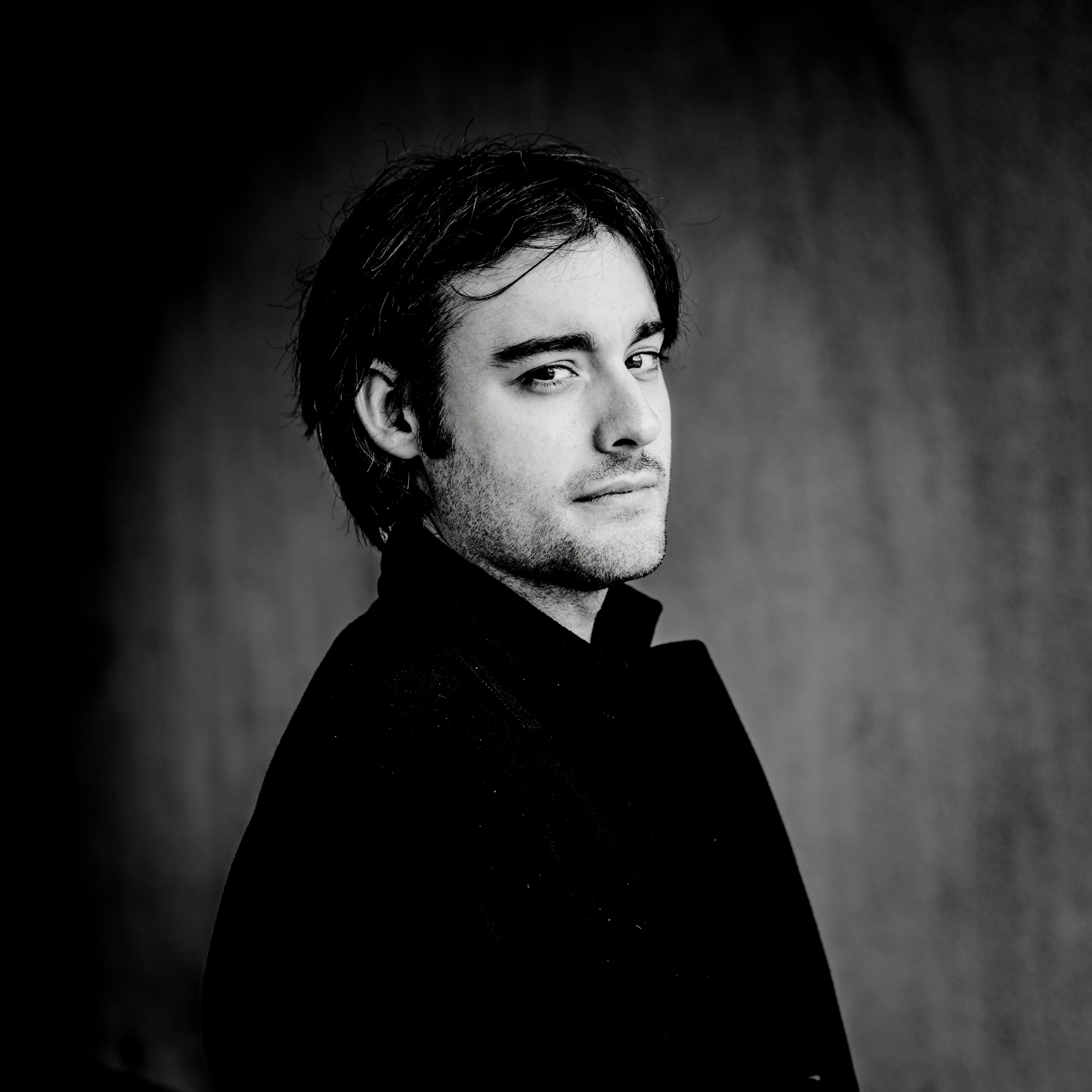
Marc Migó: Katabasis Aria
Orchestration: for 2× soprano and piano
Duration: 2'
Katabasis Aria, for soprano and piano. From the opera in one act The Fox Sisters, commissioned by Liceu Theatre, Barcelona. Libretto by Lila Palmer.
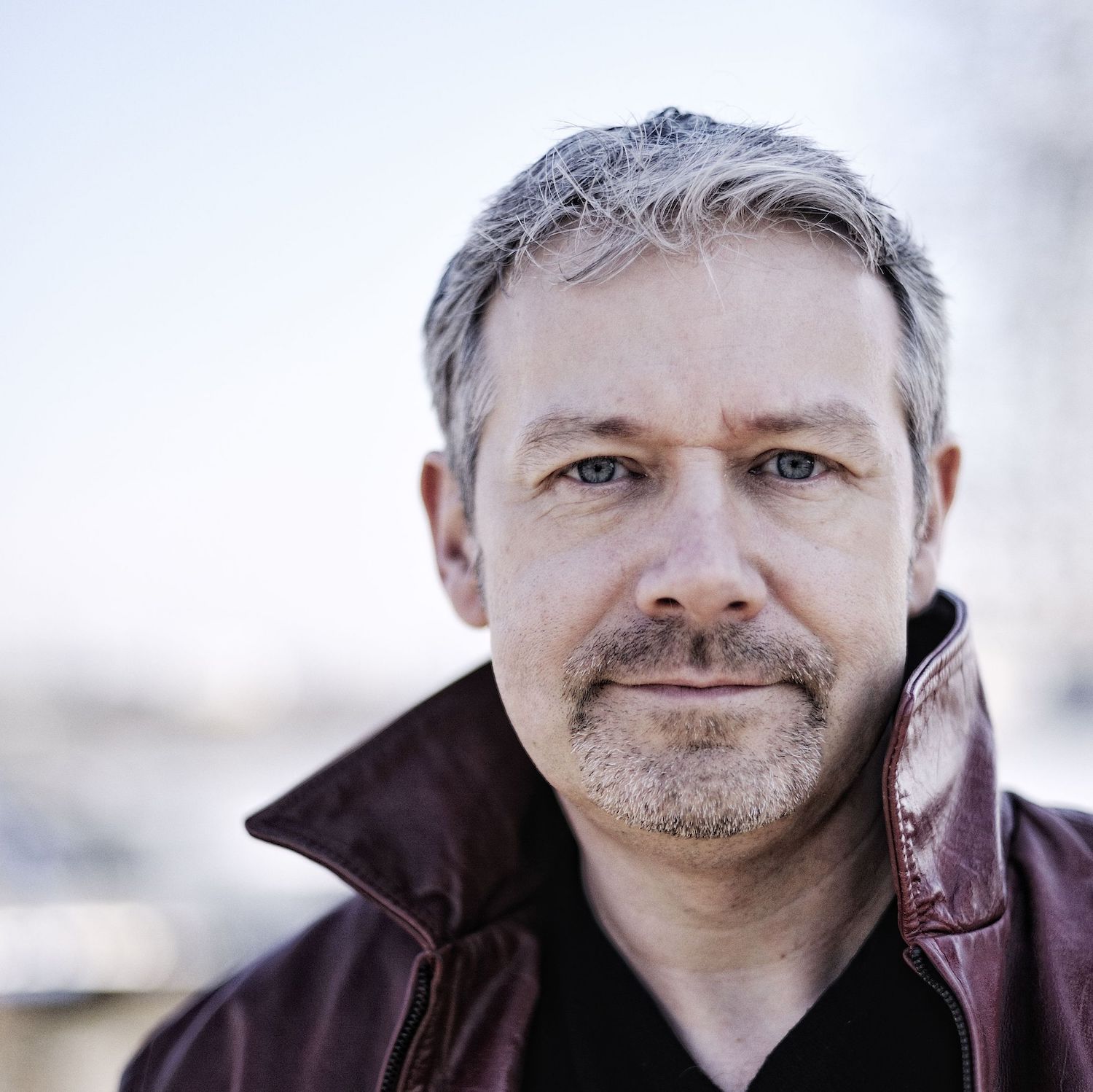
Alasdair Nicolson: Last Things
Orchestration: for medium voice
Duration: 12'
The work was created in 1993 for performance in New College, Oxford. The setting is of words by Craig Raine and it is a dramatic work presented in the concert context. The pianist and singer both play dramatic roles and the piano can be seen to be a hospital bed or coffin.
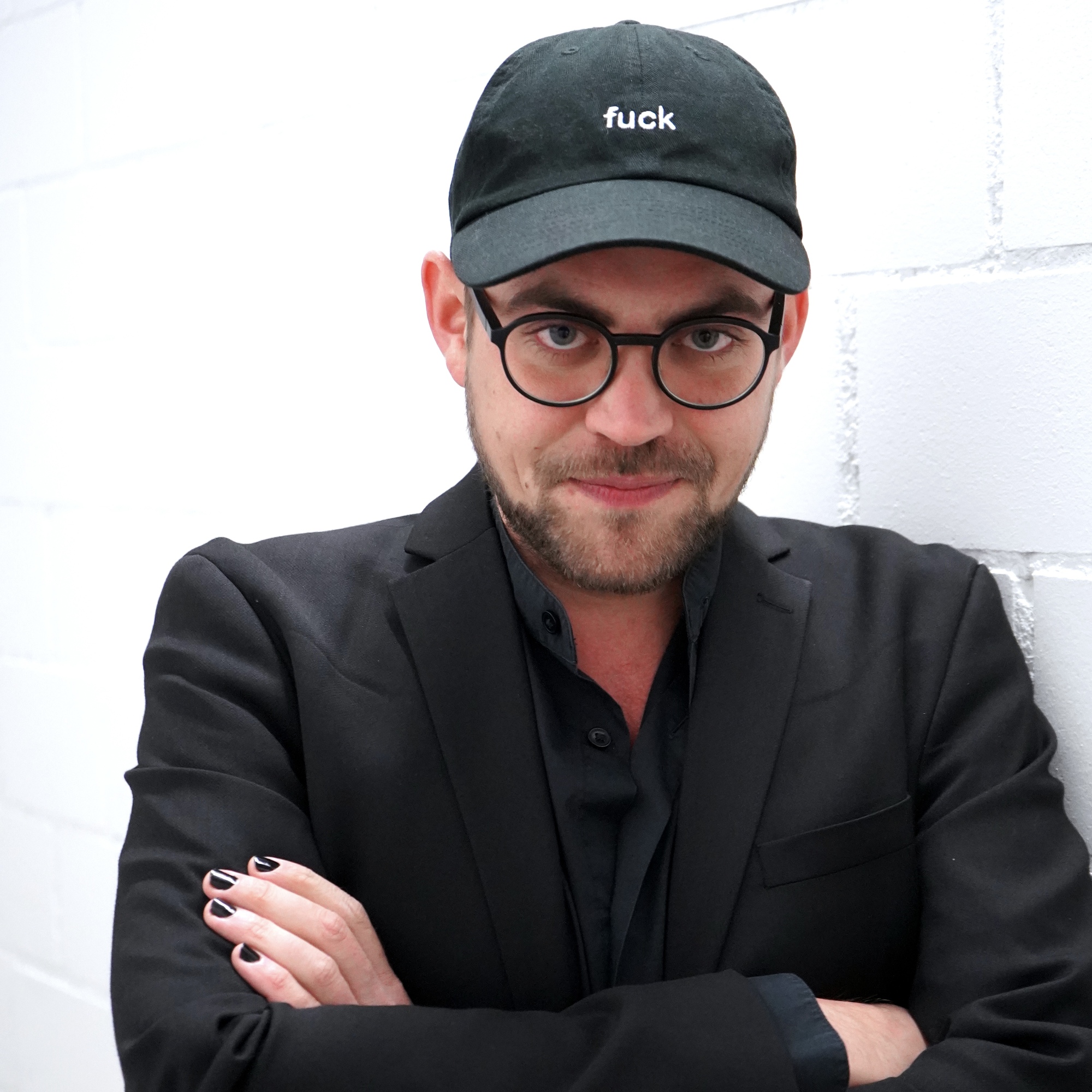
Christian Spitzenstaetter: STILLHANG (Version 2023)
Orchestration: for mezzo-soprano, 3× tenor, 3× baritone, bass, countertenor and Ensemble (10+ players)
Duration: 135'
STILLHANG is the story of the Bavarian comedienne Liesl Karlstadt, who finds her way back to life after a suicide attempt and the subsequent long-term stay in a psychiatric hospital by spending "the best time of her life" in the years from 1941 to 1943 with a Tyrolean mountain troops unit on the Ehrwalder Alm.
The opera STILLHANG was awarded the Austrian Music Theater Prize 2020 in the category "Best Premiere / First Performance".
Version 2023: for one female singer and eight male singers.
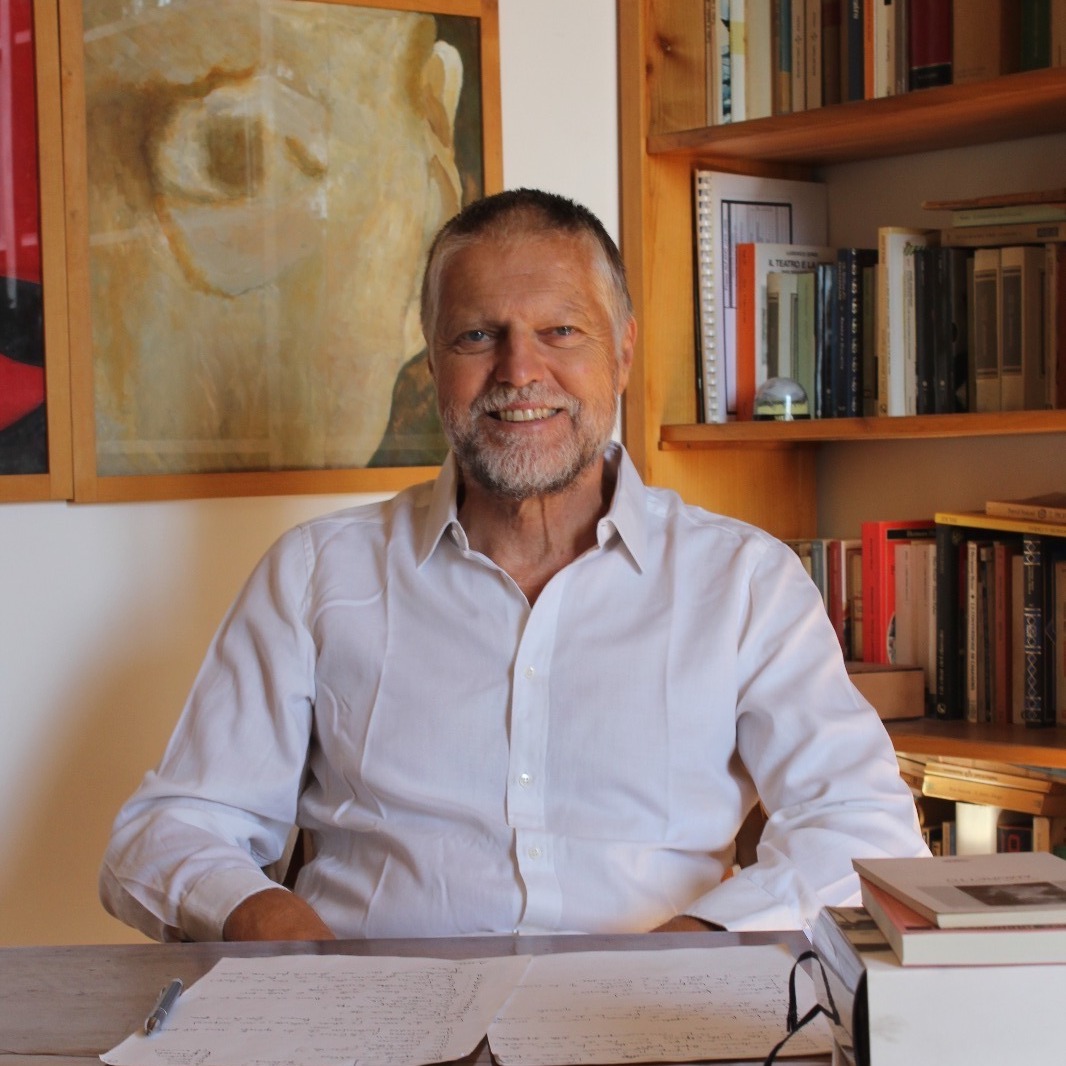
Riccardo Riccardi: The Man Who Loved Islands (Opus 52)
Orchestration: for study purposes (study score)
Duration: 62'
A Narrative-Opera, meaning that the actors are like both characters in a play and narrators. It’s based on text from the short story of the same title by David Herbert Lawrence, rearranged by Riccardo Riccardi.
The Man Who Loved Islands was conceived as a theatrical performance where various actors and actresses on stage tell the story of a man who looks for a small island on which to start a new, unspoiled life. A prominent role among the other characters is assigned to a soprano. She adds an emotion-filled commentary to the narration.
Additional stage directions are welcome, inventing on-stage actions for the soprano and other actors. This may include lighting, video projections, or stage sets that underline the narrated events realistically or emotionally.
The sung text should always be in Italian. The spoken text may be translated into the language of the audience.
Also possible is a performance that is not acted but staged with scenery, as well as a performance without scenery or staging. In both cases, the spoken text might even be recited by a single narrator – preferably a man – who would interact with the soprano.

Riccardo Riccardi: Il direttore (Opus 71)
Orchestration: for 2× soprano, mezzo-soprano, 2× tenor, 2× baritone, 2× bass and Ensemble (10+ players) oder Orchestra
Duration: 60'
An opera in Italian based on Der Kammersänger, a play written by Frank Wedekind, a giant of German literature. Il direttore is a satirical work that spares no one. If you believe the musical world is always fair and clean, Il direttore is not for you. If on the other hand, you know there must be subterfuge and favoritism in music as in theater, and if you believe there are people whose reputation is undeserved, this is the work for you.
In 1950, Hugo Weisgall wrote a different work based on Der Kammersänger: The Tenor. Is there any relation between Weisgall’s work and Riccardi’s?
“I didn't want to know anything about the libretto or music of The Tenor,” says Riccardi, “so as not to be influenced by it. In fact I’ve since discovered that his libretto omitted the one character (an old composer) whom I feature. I omitted all the other characters featured in his opera. The only character we have in common is Wedekind’s original protagonist: the Tenor, who in my version became a conductor and an artistic director.”

Riccardo Riccardi: Il testamento
Orchestration: for 2× soprano, mezzo-soprano and piano
Duration: 60'
Il testamento, a play with musical numbers, features three characters (two sopranos and a mezzo) and a small instrumental ensemble (piano, electric guitar and strings).
This work was born from the expansion of a previous work for one singer and a pianist who were asked to enact a prose text. In the current version there are instead three singers, two sopranos and a mezzo-soprano who also enact spoken dialog between musical numbers.
The previous version of Il testamento (The Will), that was in English, was premiered at the Royal Irish Academy of Music in Dublin on March 26th 2014. The new version, in Italian, was written in 2020 and premiered at the Teatro Torlonia, Rome on October 13th 2021. In this version, a new character and some side plots are added, and the text is extensively revised.
Synopsis
Paola and Claudia, two sisters, meet the day of their father's funeral in the house where they lived as girls. Now they have to clean it out. Their father had been a stellar pianist before an accident radically changed his life.
It's a return for Claudia, who has lived away for years, but it's routine for Paola, who has never moved from the town where she was born. An elderly service woman, who has worked for the family for years, completes the cast, the guardian of their shared memories.
Memories return for the two sisters and, with the memories, reproaches. When their talk grows in candor and increasing rancor, old issues and accusations re-emerge resulting finally in an open quarrel with serious mutual accusations.
But Paola and Claudia have a practical duty to perform: they are in that house to empty it. They have to decide what to throw away, what to keep and above all, how to divide the furniture and the paintings that belonged to their father.
In their browsing through things, they find thousands of objects, but they also find a libretto and some isolated arias of a new opera. With increasing interest and emotion, they start singing those arias at the piano But where is the whole opera? And who was the composer of this opera?...

Riccardo Riccardi: Questionnaire
Orchestration: for soprano, male voice and piano
Duration: 50'
QUESTIONARIO (Questionnaire)
A theatrical production in which the only character on stage is a woman answering a series of questions. Her two interviewers are offstage amplified voices who play the role of artificial intelligences. A crowd of citizens (extras) concludes the cast.
The scoring is minimal: just a marimba, a vibraphone and timpani (one player), and an electric guitar. The protagonist must have equal skill as an opera singer and an actress. The issues are thorny: the hypocrisy of human behavior, the absurdity of the laws and the bad faith and arrogance of both private and public institutions. The text of this play is a strong denunciation of all of these issues.
THE PLOT
The action takes place in the immediate future. Every worker is required, at random, to answer an oral questionnaire in an interactive session: the assessment is automatic and provided by an artificial intelligence program.
A woman listlessly prepares to respond to yet another questionnaire. The questions begin with general information, but they immediately begin to concern details of her work, issues of her married life and much more: "Have you ever committed murder?" “Have you ever stolen anything from the supermarket?" And other embarrassing and quite absurd questions. Among them the interviewers intermittently repeat a question, which only at the end will be answered. "What is your relationship with Mr. Andrew Ammannati?” But a fundamental question underlies them all in importance: “What’s the reason for this questionnaire?"

Riccardo Riccardi: Moving Out
Orchestration: for 2× soprano, tenor and piano
Duration: 60'
Moving Out, a play with musical numbers, features three characters (two sopranos and a tenor) and a small instrumental ensemble (piano/electronic keyboard, electric guitar and strings).
This work expands a work, written by Riccardi in English, that was performed at the Italian Embassy in Washington, D. C. on June 21st and 22nd for their 2016 Festa della musica. The new version, in Italian, was written in 2020 and premiered at the Teatro Torlonia, Rome on October 13th 2021. In this version, a new character and some side plots are added, and the text is extensively revised. In this stage work two opposing and complementary personalities are compared: a mature woman, Nora, who moved to the USA from Italy many years ago because she won a scholarship to Yale, and her daughter, Nadia, who believes her mother abandoned her by putting her career before maternal love. On the one hand were Nora's remorse, memories of the past and nostalgia for her roots; on the other, were Nadia's recriminations and criticism of her mother, but also her dream of a future in America. As a side plot, Nora is ending a difficult relationship and Nadia has just left her boyfriend in Italy. The interest in culture seasoned with a good deal of snobbery on the part of the mother and the daughter's desire to discontinue her university studies and to immerse herself in work as soon as possible.
A glimpse of America--the America of business, of money--when a New York realtor of Italian ancestry, Ralph, enters the scene. He tries, but fails, to express himself in the language of his grandparents.
The two female characters are described with lightness and irony. So much so that the tension between mother and daughter is transformed by their unwavering love for Italian food. That's the only true bond that Ralph maintains with the land of his ancestors.
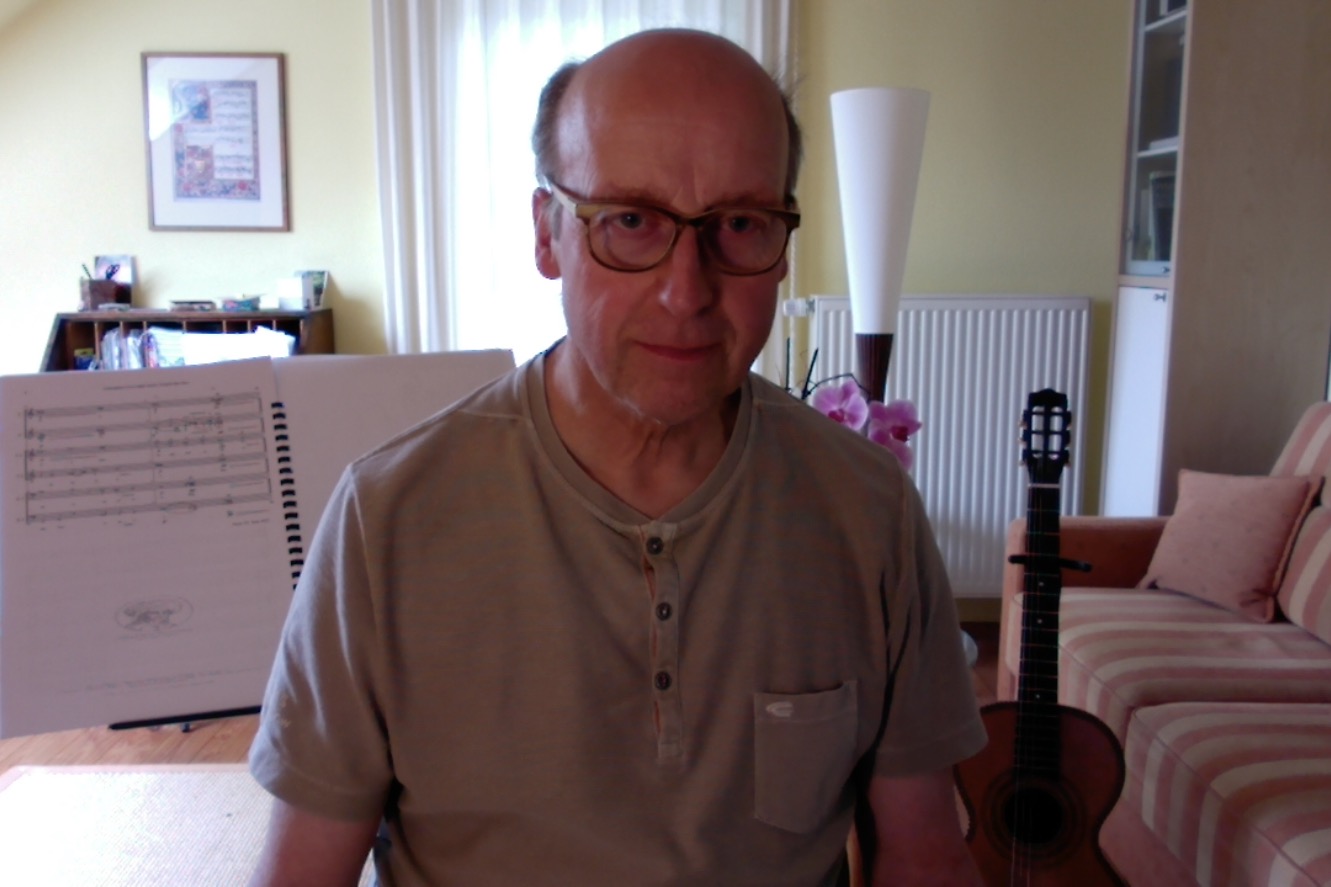
Jörg Schnepel: Kammeroper "Vom Fischer und seiner Frau"
Orchestration: for voice, soprano, tenor, baritone, violin, double bass, flute, soprano saxophone in Bb, piano and accordion
Duration: 24'
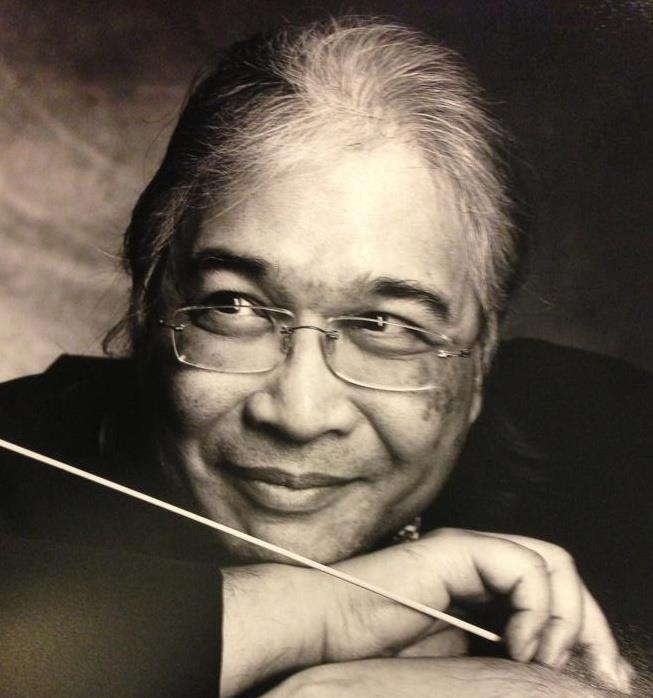
Somtow Sucharitkul: Dan no Ura
Orchestration: for voice and Orchestra
Duration: 120'
The world premiere of Somtow Sucharitkul's Dan No Ura staged at the Thailand Cultural Centre on Aug 11 was the Thai composer's greatest operatic triumph to date. The opera deals with the Japanese sea battle of 1185, the final conflict in a war which effectively ended the power of the Taira samurai clan, close relatives of the imperial family of the time. They were defeated by the Genji, led by Minamoto no Yoshitsune, whose half-brother became the first Shogun, and power was effectively transferred to the Shoguns.
The opera is written for a large orchestra and for multiple soloists, each of whom has significant roles. It is not self-consciously Japanese in style, though there are Japanese touches, such as the extensive use of flute music and wooden blocks, both so characteristic of Kabuki and Noh drama. The opera is, however, completely suffused with a Japanese aesthetic, including both the spare elegance of the sets (by designer Dean Shibuya) and the gorgeous costumes (by Nattawan Santiphab).
Dan No Ura is film-like and episodic in construction, consisting of a single two-hour act of 15 scenes. The eclectic, romantic musical style is uniquely Somtow's, with a rhythmically complex and demanding score for both singers and orchestra, which is nevertheless easily accessible to the audience, with passages of the most intense romantic lyricism.
When the curtain goes up at the start, we see a gauze onto which are projected Japanese kanji characters, constantly shifting in shape, dissolving, reappearing. Gradually, through the gauze, we discern the fine chorus (chorus master: Tanayut Jansirivorkul) chanting in Japanese the opening words of the classic Tale Of Heike — lines which emphasise "the impermanence of all things… The Mighty fall at last, They are as dust before the wind".
The opera is profoundly moving, musically and dramatically. It deals with universal and familiar themes of loyalty, duty, treachery, power, family and love. At the centre of the drama are the imperial family and the warring generals. The powerful and defiant matriarch, grandmother of the emperor, who is prepared to sacrifice everything for the sake of her family, is imperiously sung by the Mexican mezzo Grace Echauri. She personifies an unbending sense of duty, as her voice soars gloriously above even the loudest orchestral passages. Nancy Yuen as her daughter, mother of the current emperor, a six-year-old boy, engagingly expresses a mother's love for her child. The part of the infant emperor, a major role, is taken with authority by nine-year-old Rit Parnichkun, who captures both the character's innocence and, at the same time, his acceptance of his fate. The boy was astonishing, acting with a maturity well beyond his years.
The emperor is helped to understand his destiny by two ghosts. The first is the spirit of his beloved cousin and playmate, Lord Atsumori, sung with ethereal beauty by the counter tenor Jak Cholvijarn. Atsumori tells the emperor not to be afraid — "It is only death". The other ghost is the goddess of the Sun, ancestor of the divinely descended imperial line — "Great-great grandmother", as the emperor addresses her. The American Stacey Tappan tackles her extraordinary coloratura set-piece with amazing virtuosity, hitting stratospheric heights, including a top F, with nonchalant ease.
The impressive Australian bass Damian Whiteley captures the complexity of Yoshitsune's character, the conflicted general who realises "the impermanence of all things" and that success in battle will only lead to further internal strife. Kyu Won Han is intensely moving in the role of the Tairan samurai Lord Kumagae, racked with remorse at having killed Atsumori, in some heart-breakingly beautiful music. Indeed, there are strong performances from all the singers: Joseph Hu sings with ringing clarity as one of the emperor's uncles; Saran Senavinin, a local favourite, gives his best performance to date as another uncle; and Thai singers Kittin Suchato, Krittathad Pisuttiwong, Siroj Sakudomkachorn, Yotsawan Meethongkum and Siwakorn Kittivorakul are all impressive as other warrior-generals. Another Bangkok favourite, Nadlada Thamtanakom, now singing professionally in Belgium, is delightfully and movingly expressive as the emperor's nurse, and joins Yuen and Echauri in a trio of exquisite beauty.
Somtow directed this spectacular production himself, with highly effective lighting by Ryan Attig. Thailand's international star conductor Trisdee Na Patalung brilliantly negotiates the orchestra and singers through the tricky score: Somtow could not possibly have found a better interpreter of his music. This Japanese-inflected triumph is something Thailand can be rightly proud of.
— reviewed by Michael Proudfoot in "Auditorium" magazine
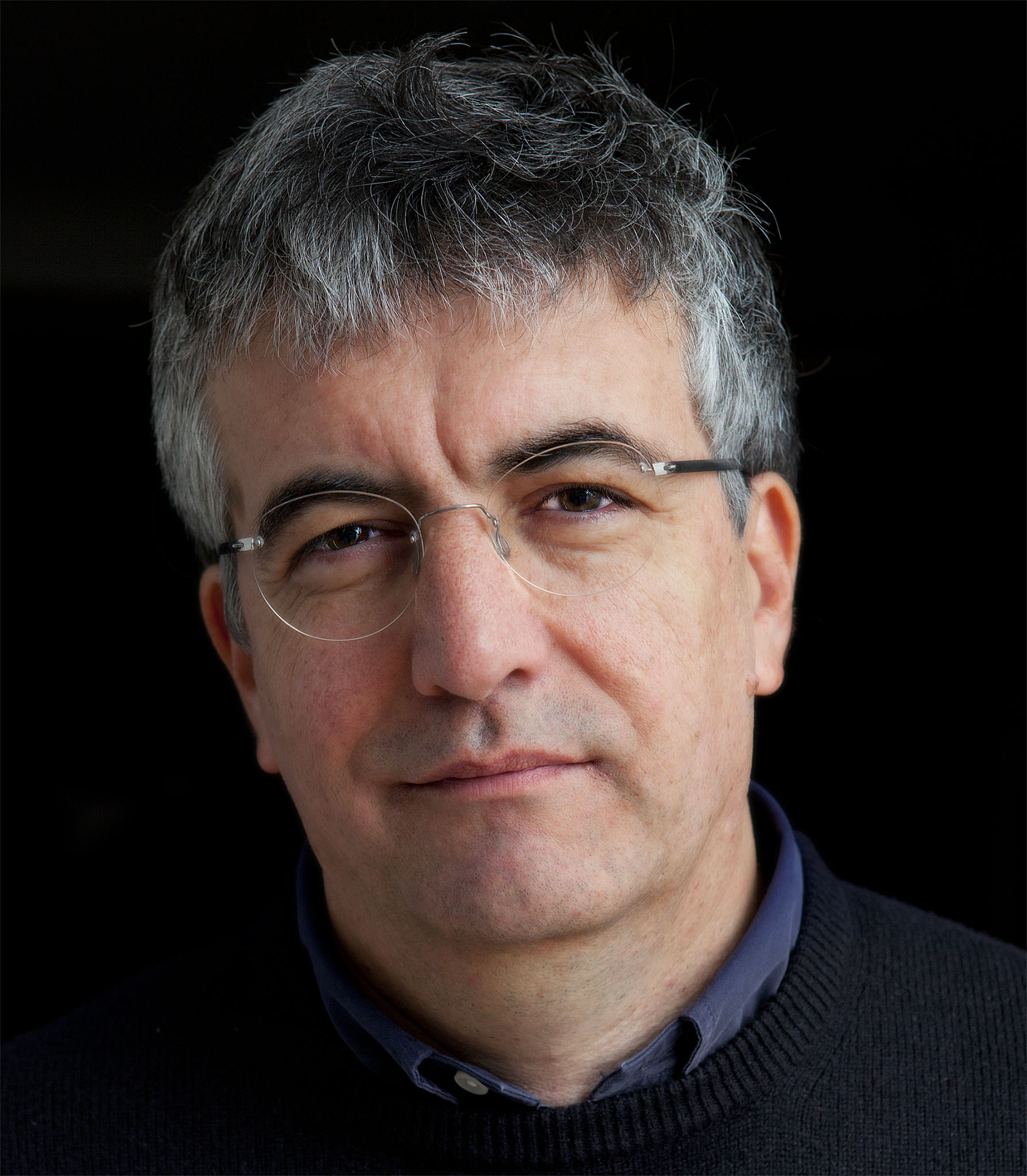
Martino Traversa: Stranieri
Orchestration: for alto, bass, violin, viola, violoncello, flute, clarinet in Bb, piano and percussion
Duration: 15'
An Oratory always implies a dimension of prayer. Stranieri wants to shape a prayer, radically secular, in favor of memory. Also a prayer against the forgetfulness that every man sooner or later uses, consciously or not, as an instrument of defense or power. We forget the events that made us suffer; we forget the events that made others suffer. We forget the effort made to gain the right to a place in the world; we forget that others will make the same effort after us. We forget that, before we felt good in our own skin, we were strangers to ourselves and we wore that skin with discomfort or anger. We forget that our rights are sometimes the result of fortuitous favourable circumstances, such as the place and time we were born; we forget that others will try to obtain the same rights in spite of equally fortuitous unfavourable circumstances. We forget that every man migrates or tries to migrate, not always moving in space, toward states of greater happiness, whose premises are security and well-being. In Stranieri a successful man forgets that once he was a restless young man looking for an identity, but his daughter impetuously reminds him; two mothers, mirroring each other, remember putting their own lives at risk to give their children a better future; a bourgeois girl and a refugee boy, escaping from their families, remember each other’s voids and denials on which they presume to build their future; two brothers, not by blood but by choice, remember each other that in this strange world you can be better than those who lied, choosing to tell the truth. In Stranieri the contradictions of our conscience are condensed into a sort of parable ending with a stubborn note of hope.
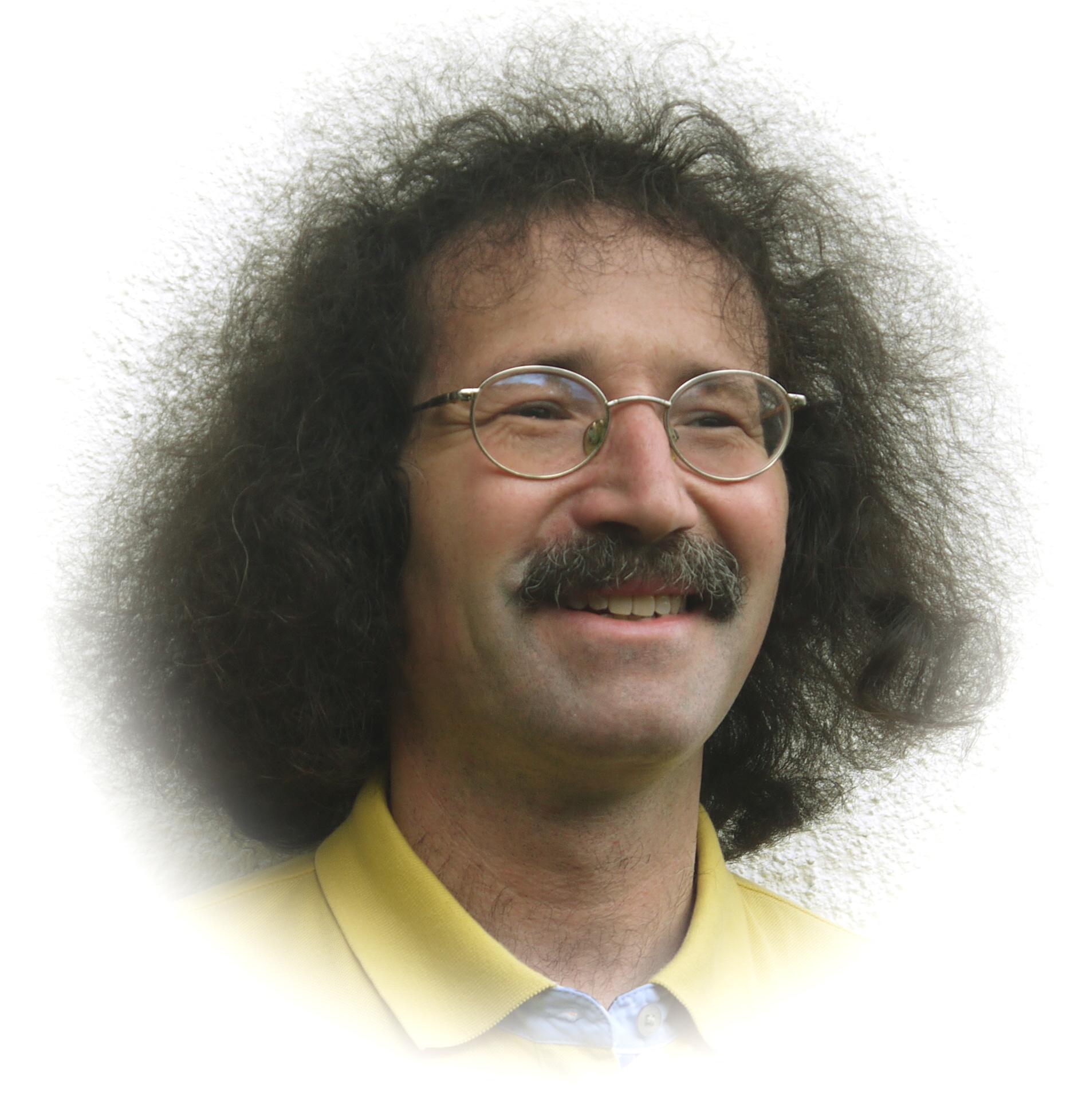
Matthias Winkler: Der Fliehende
Orchestration: for voice
Duration: 124'
When I began work on this opera a good five years ago, I could not have imagined the sad topicality it would have when it was completed.
This is an opera about war.
A great dialogue.
Two strangers.
He has to hide.
Then he wants to go on.
But that will not happen.
They talk.
Necessary things at first.
At some point "Die Alte" begins to tell her story.
Then "The Fugitive" does too.
Soldiers keep coming. They are looking for him. But the hiding place is good.
Suddenly the door opens: Thank God, only one neighbour: "Willi".
With the cuts indicated under vi-de, the playing time is 105 minutes.
To get to know the piece, you can find an inspection copy of the score and the piano reduction under Sample Pages.
